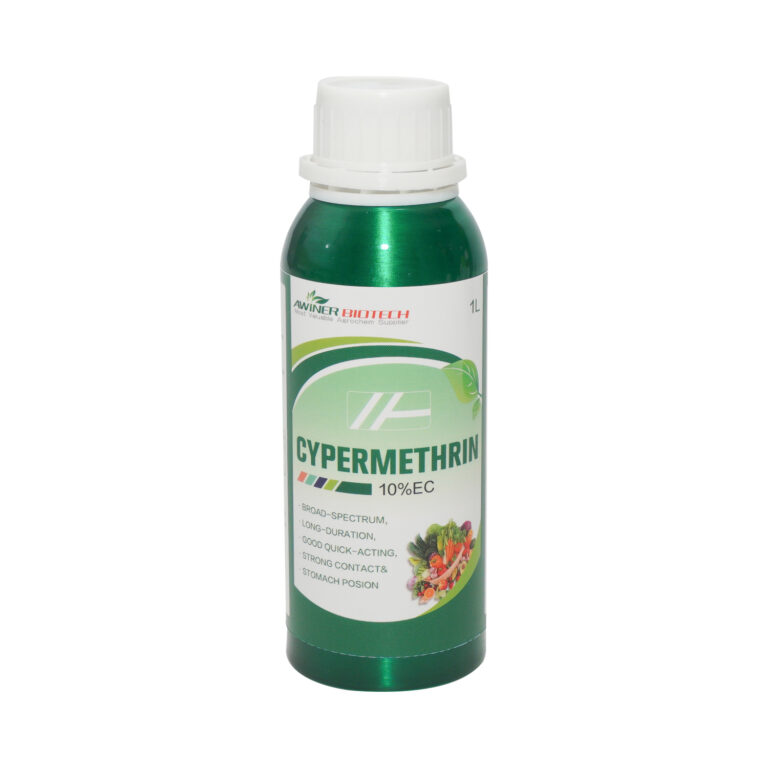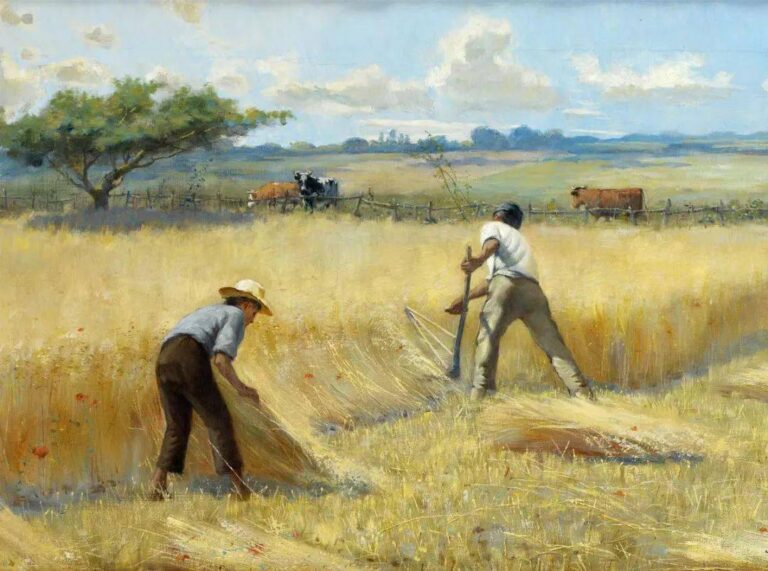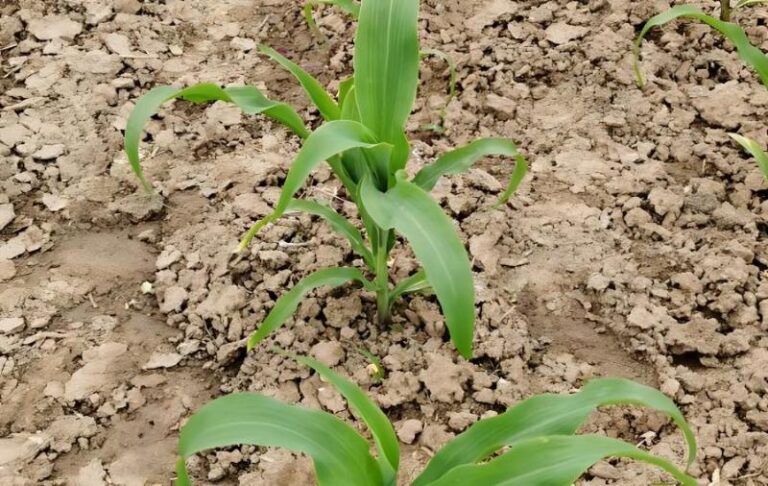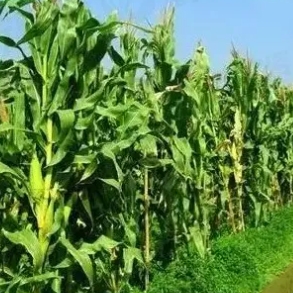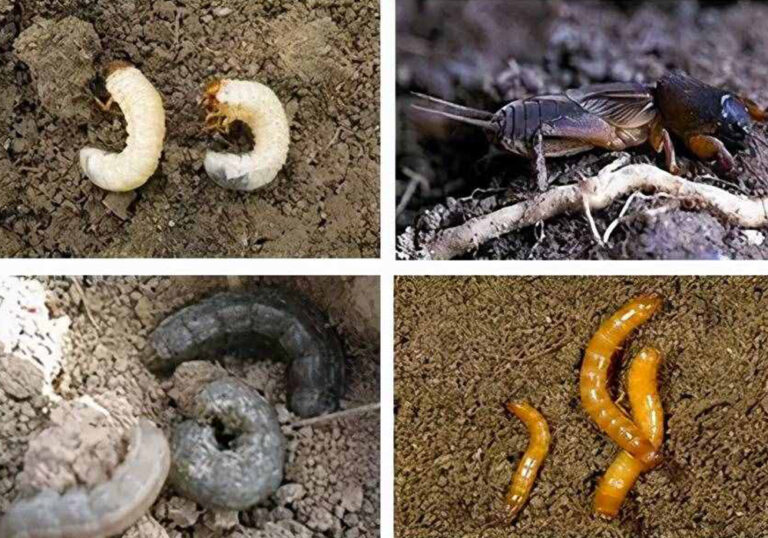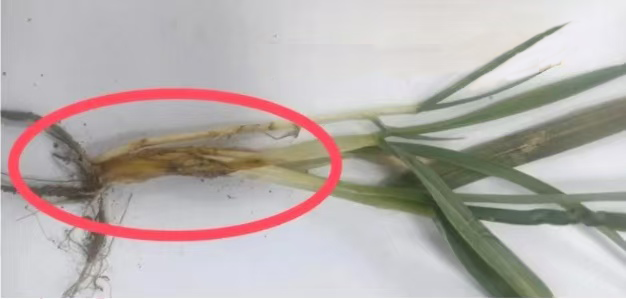Originating from South and Central America, the Fall Armyworm, also known as Spodoptera frugiperda, is a migratory pest from the Noctuidae family, widely known for its formidable reputation. This pest is highly prolific and can spread rapidly, thriving in warm and humid climates. It primarily targets crops, especially those in the grass family, with corn being its main target. In 2017, it was listed among the world’s top ten plant pests.
How Destructive is It?
A Voracious Eater: The Fall Armyworm is notorious for its immense appetite. The larvae feed on the leaves and stems of crops, including corn, rice, sorghum, and sugarcane. Just one larva can devastate a young corn plant, and the damage caused by adult moths is even more extensive.
Rapid Migration: Utilizing wind currents, adult Fall Armyworms can travel up to 100 kilometers in a single night (compared to a fly’s mere 15 kilometers). At around 25°C, a generation can be completed in 24-30 days, with each female laying up to 200 eggs. This rapid reproduction can quickly turn an area into a heavily infested region.
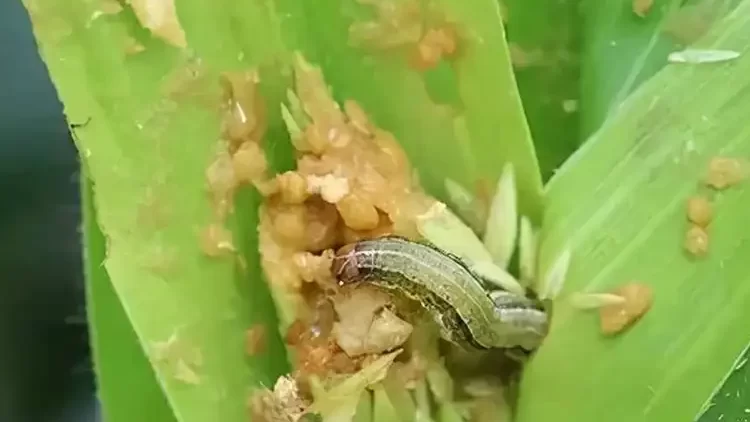
Fall armyworm control
- Seed Treatment: Mix 50% Chlorantraniliprole SG (38-53g) with an appropriate amount of water and coat 10kg of corn seeds. This method is generally effective in preventing damage from Fall Armyworm during the seedling stage.
- Microbial Pesticides: When the pest density is less than 10 larvae per 100 plants, microbial pesticides like Spinosad, Metarhizium anisopliae, Bacillus thuringiensis (Bt), and Beauveria bassiana can be used for control.
- Chemical Spraying: If the pest density exceeds 10 larvae per 100 plants, chemical control is required based on the pest’s developmental stage. For larvae in the 1-3 instar stages, use 10% Chlorantraniliprole SG (600ml/hectare) or 200g/L Chlorantraniliprole SG (2400 times solution diluted with water). For larvae beyond the 3rd instar stage, use 10% Cyantraniliprole SG (500 times solution) or 60g/L Spinosad SG (1000 times solution) for effective control.
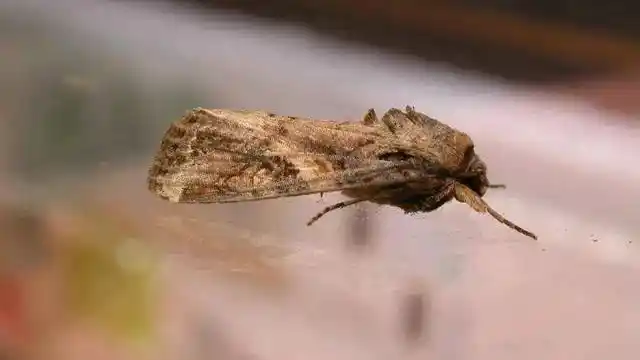
These methods, if properly implemented, can significantly mitigate the damage caused by the Fall Armyworm and protect crops from its devastating effects.

